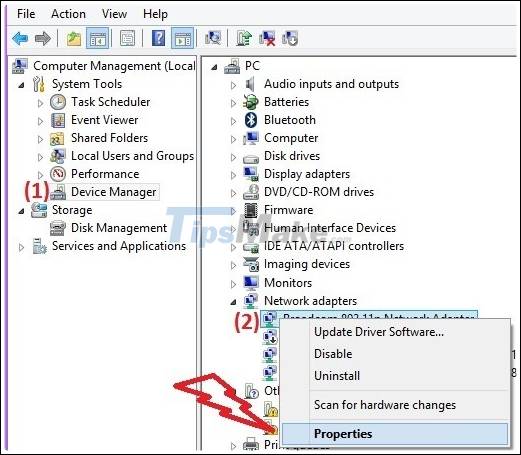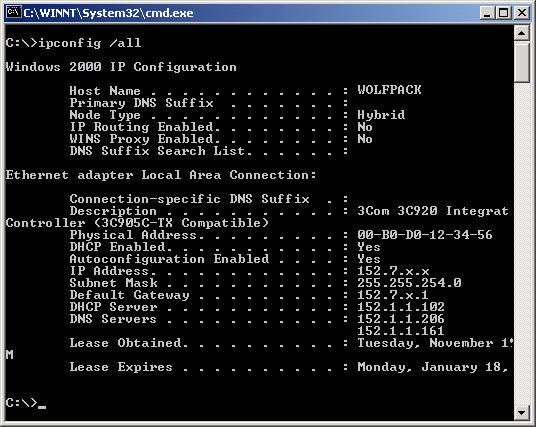
Reg.exe :: Optional: already included in OS since Windows XP/2003 Getmac.exe :: Optional: already included in OS since Windows XP/2003 └───LP :: Dependencies put to the bottom of PATH (lower priority than system PATH entries)Ĭhoice.exe :: Optional: already included in OS since Windows Vista

│ devcon.exe :: Optional: place OS-specific devcon.exe from Microsoft here │ which.exe :: GNU Linux utility included │ sleep.exe :: GNU Linux utility included │ libssl32.dll :: GNU Linux library included │ libintl3.dll :: GNU Linux library included │ libiconv2.dll :: GNU Linux library included │ libea圓2.dll :: GNU Linux library included └───3rdparty :: Dependencies put to the top of PATH (higher priority than system PATH entries) │ _choiceYN.bat :: Sub-script by wandersick for providing a fallback to systems without choice.exe (XP/2003) │ _choiceMulti.bat :: Sub-script by wandersick for providing a fallback to systems without choice.exe (XP/2003) │ OUI_NT6.txt :: Customizable list of organizationally unique identifiers for Windows Vista and later │ OUI_NT5.txt :: Customizable list of organizationally unique identifiers for Windows XP/2003 and earlier │ Setup.exe :: Optional installer enabling chmac command globally (in Command Prompt and Run prompt) Simply run chmac.bat and follow on-screen instructions.
CMD FOR MAC ADDRESS IN WINDOWS 7 SOFTWARE
CMD FOR MAC ADDRESS IN WINDOWS 7 MANUAL
On first launch, users are guided to download DevCon with convenient automatic and manual options.ChMac also works without DevCon by showing the Network Connections folder when finished, so that users can manually disable and re-enable NIC for new settings to take effect.Optionally leverage DevCon.exe to simply the process by automatically disabling and re-enabling network interface card (NIC).Generate new MAC addresses randomly based on a customizable list of organizationally unique identifiers (OUI).Randomize MAC addresses for better security using public Wi-Fi.Useful to reconnect to free public Wi-Fi hotspots that impose a time limit by recognizing MAC addresses to prevent the same device from reconnecting.




 0 kommentar(er)
0 kommentar(er)
